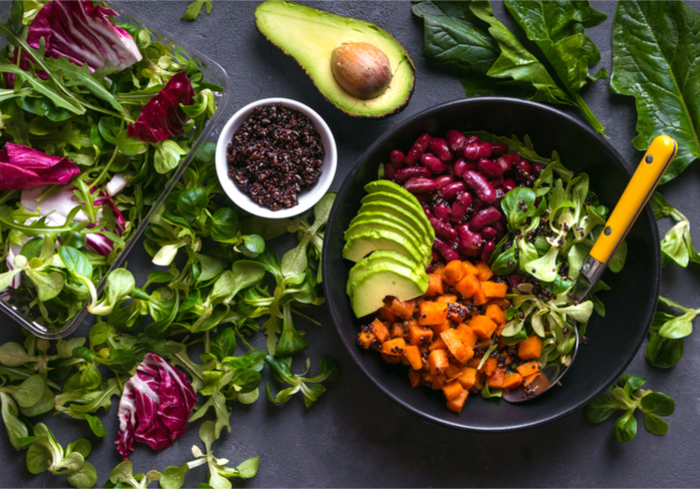
$3 billion: The projected value of meal kit subscription sales in 2018.
Consumers increasingly love eating at home.
Revenue from food deliveries has increased 20 percent in the past five years, according to NPD Group. For consumers who don’t mind a little bit of cooking, and who prefer fresher, often healthier food, meal kits provide an attractive alternative to pizza and other staples of delivery. Those desires attracted independent startups, providing consumers with a variety of choices.
But the meal kit industry is not for the faint of heart, not lately. An example of that comes from the second quarter 2018 earnings report of Blue Apron. Subscribers keep leaving the meal kit retailer, with Blue Apron reporting a 24 percent year-over-year decline in customers, to 717,000. The number of orders also fell to 3.1 million from 4 million in the year-ago quarter.
What’s behind that? CEO Brad Dickerson cited conversion challenges during the company’s post-earnings conference call, and said surveys show that consumers view subscriptions as a “challenge” because of busy schedules and complicated lifestyles, which can leave perishable food sitting around for too long.
Other forces are also at play in the meal kit industry.
Supermarkets and big-box retailers have entered the game — in fact, Blue Apron recently began offering its products at Costco, with the pilot involving some 80 locations. Amazon’s acquisition of Whole Foods and subsequent aggressive promotions to attract more customers haven’t helped the meal kit industry. And the sheer number of participants in meal kit subscription sales led to consumers jumping from platform to platform, resulting in little loyalty to companies still standing.
Beyond that, the business model has weak spots. Meal kit providers deal in rolling stock, which brings higher distribution costs. And unlike grocery stores, meal kit companies don’t have the chance to upsell consumers in aisles, which, of course, serves to dampen revenue.
All that said, existing meal kit companies are busy trying to innovate, forge new partnerships and tweak their offerings to better reflect what consumers want to eat and otherwise giving them more product flexibility. Consumers increasingly like to eat their meals at home, and meal kit subscription commerce players hope to find better ways to meet that demand.